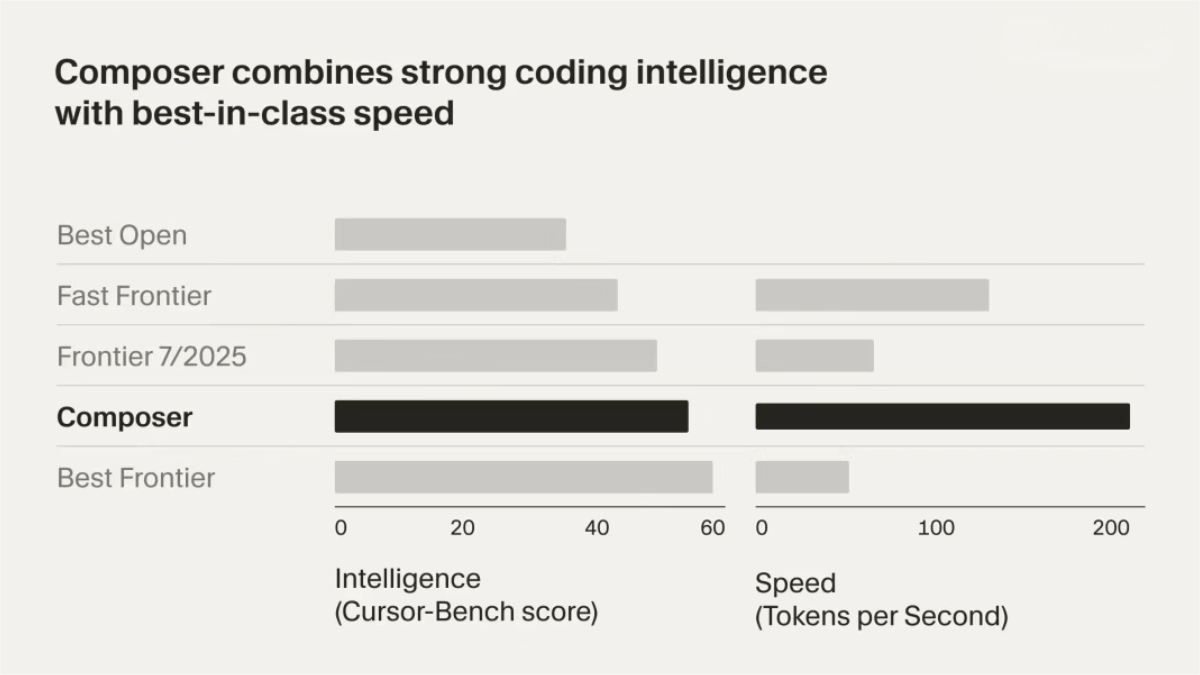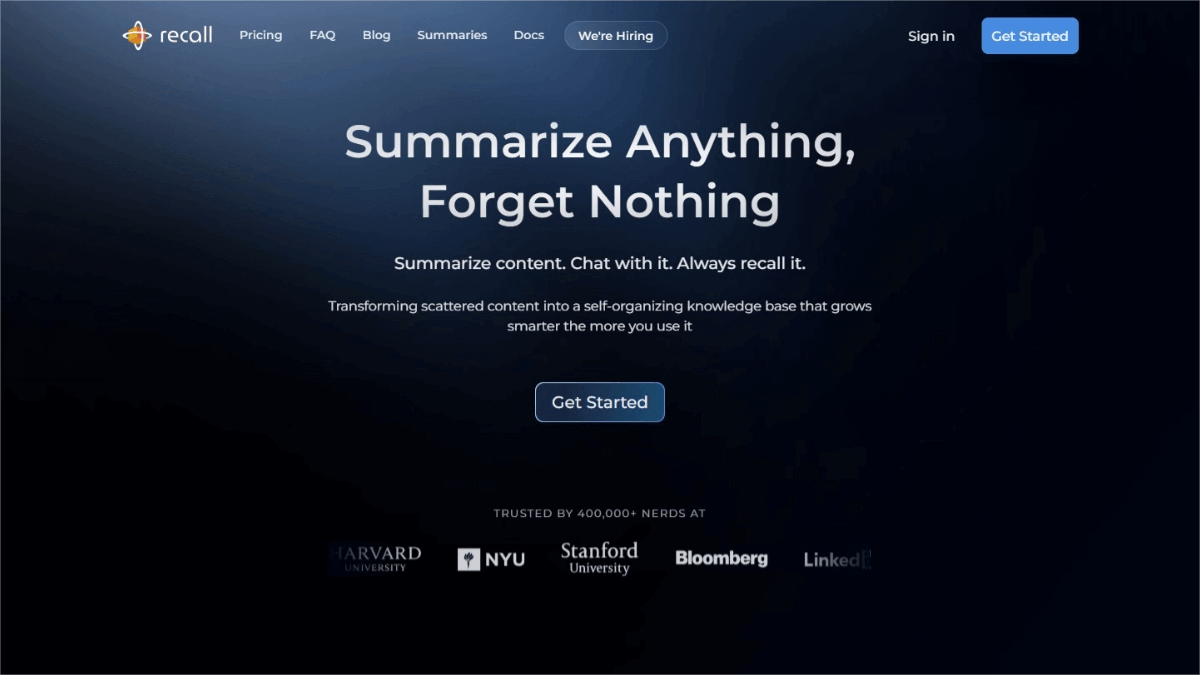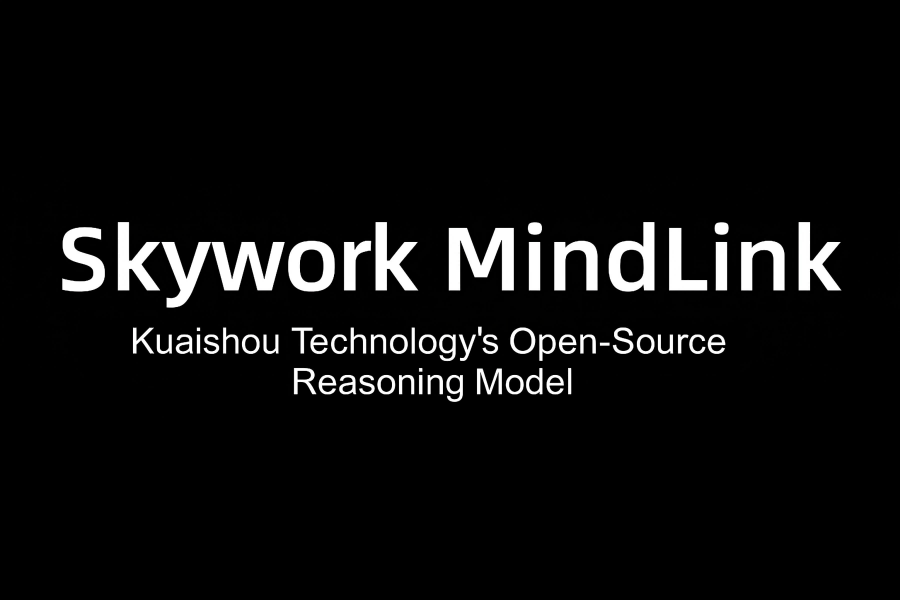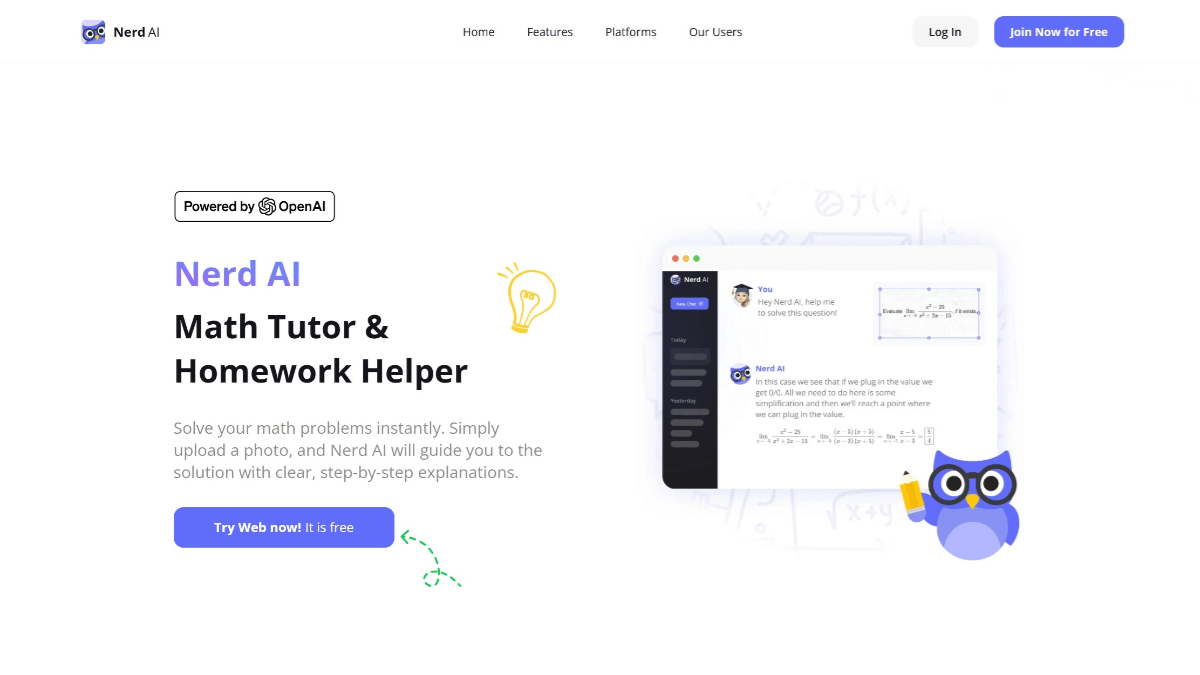What is RoboBrain 2.0?
RoboBrain 2.0 is a powerful open-source embodied brain model that unifies perception, reasoning, and planning to support the execution of complex tasks. It offers two versions: a lightweight 7B parameter model and a full-scale 32B parameter model. Built on a heterogeneous architecture, it integrates visual encoders and language models, supporting multi-image, long video, and high-resolution visual inputs, as well as complex task instructions and scene graphs. The model excels in spatial understanding, temporal modeling, and long-chain reasoning, making it suitable for robotic manipulation, navigation, and multi-agent collaboration tasks, helping embodied intelligence transition from the lab to real-world scenarios.
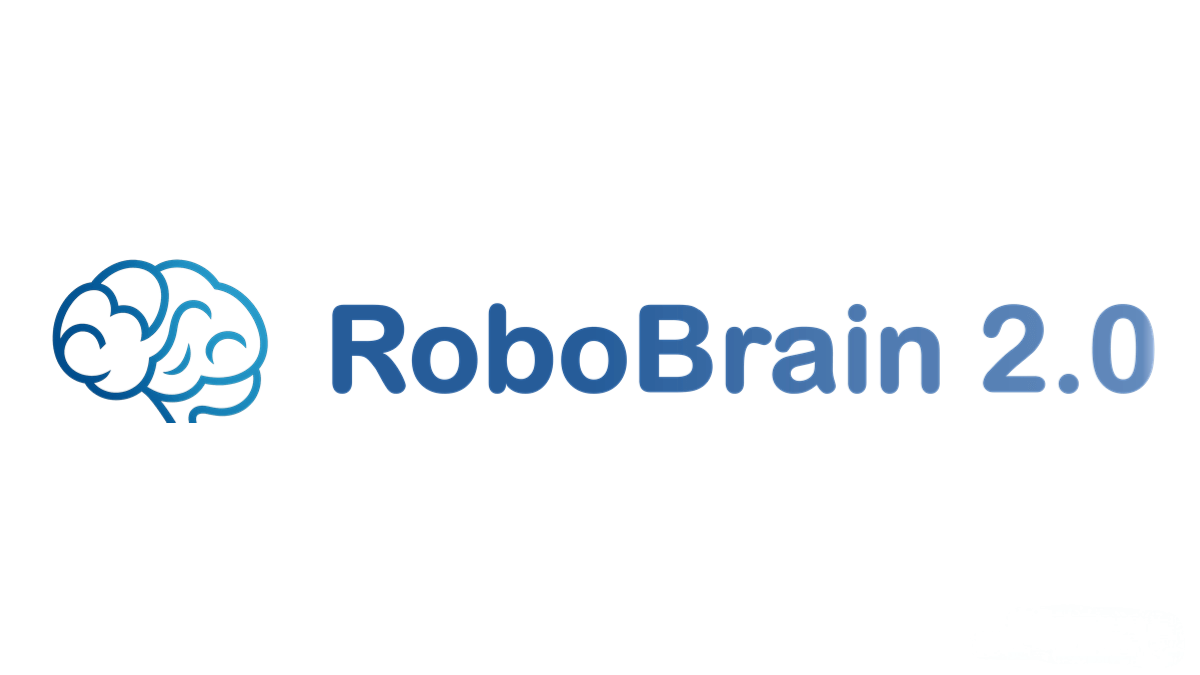
Key Features of RoboBrain 2.0
-
Spatial Understanding: Performs precise point localization, bounding box prediction, and spatial relation reasoning based on complex instructions, enabling sophisticated 3D spatial tasks.
-
Temporal Modeling: Supports long-term planning, closed-loop interaction, and multi-agent collaboration, capable of handling continuous decision-making in dynamic environments.
-
Complex Reasoning: Enables multi-step reasoning and causal logic analysis, generating detailed explanations of the reasoning process to enhance decision transparency.
-
Multimodal Input Processing: Supports various input forms including high-resolution images, multi-view inputs, video frames, language instructions, and scene graphs.
-
Real-time Scene Adaptation: Quickly adapts to new environments, updates environmental information in real-time, and supports dynamic task execution.
Technical Principles of RoboBrain 2.0
-
Language Model: Encodes natural language instructions and scene graphs into a unified multimodal token sequence, supporting understanding of complex task directives.
-
Multimodal Fusion: Integrates visual and language information and performs long-chain reasoning via a decoder, outputting structured plans and spatial relationships.
-
Phased Training: Utilizes a three-stage training strategy, including basic spatiotemporal learning, embodied spatiotemporal enhancement, and reasoning chain training in embodied contexts, progressively improving model performance.
-
Distributed Training and Evaluation: Employs the FlagScale distributed training framework and FlagEvalMM evaluation framework, enabling large-scale training and multimodal model assessment.
Project Links for RoboBrain 2.0
-
Official website: https://superrobobrain.github.io/
-
GitHub repository: https://github.com/FlagOpen/RoboBrain2.0
-
HuggingFace model hub: https://huggingface.co/collections/BAAI/robobrain20-6841eeb1df55c207a4ea0036
-
arXiv technical paper: https://arxiv.org/pdf/2507.02029
Application Scenarios of RoboBrain 2.0
-
Industrial Automation: Applied to complex tasks on production lines such as component grasping and assembly, welding, and painting. By leveraging precise spatial perception and long-chain reasoning, it optimizes workflows and improves production efficiency and quality.
-
Logistics and Warehousing: Controls robots to perform cargo handling, sorting, and inventory management in warehouses. Supports multi-agent collaboration to boost logistics efficiency and reduce labor costs.
-
Smart Home and Services: Acts as the core brain of smart homes, understanding natural language commands to control robots for cleaning, tidying, and household chores, while also supporting home security by recognizing anomalies in real-time and issuing alerts.
-
Medical Rehabilitation: Controls rehabilitation robots to provide personalized training plans based on patient recovery progress, aiding faster physical function restoration.
-
Agricultural Automation: Monitors crop growth, detects pests and diseases, and controls picking robots for precise harvesting, enhancing agricultural productivity and quality.
Related Posts

